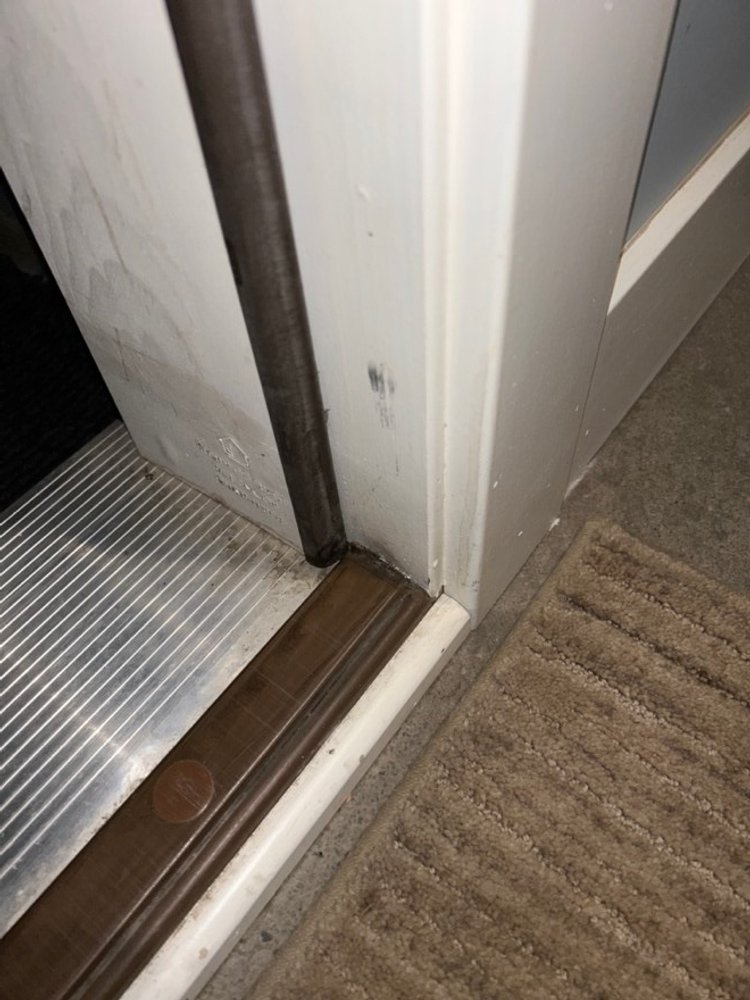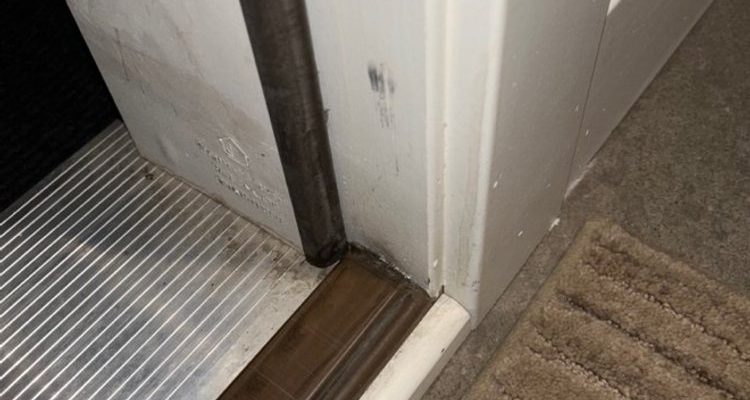
It can be tempting to blame the brand (like M-D Building Products, Frost King, or even a universal weatherstripping kit you picked up at the hardware store). But here’s the thing: no matter what type or brand you use, sunlight is the main culprit behind brittle weatherstripping. The culprit is ultraviolet (UV) damage, and it hits more than just your skin or car paint—it’s been working away at your door’s rubber, foam, or vinyl seal for years.
What Is Weatherstripping and Why Does It Matter?
Weatherstripping is that squishy—or sometimes firm—material lining your exterior door’s edges. Its main job? Sealing up the tiny gaps between your door and the frame. When it’s in good shape, weatherstripping blocks cold air, water, dust, and even noise from sneaking inside. It’s like the gasket on your fridge, keeping the inside climate under control.
There are several types: adhesive foam strips, rubber gaskets, vinyl V-strips, and more. Some brands, like M-D Building Products, specialize in heavy-duty rubber, while others use flexible silicone. You might see “universal” kits and wonder if they’re as good as brand-specific versions. Most work well—when they’re new. But over time, especially if your door faces south or west, you’ll start to notice changes. The once-soft edge suddenly feels stiff and crumbly.
When weatherstripping goes brittle, air and water can easily slip inside. Suddenly, your heating and cooling bills spike, and you might even spot water stains or find tiny bugs making themselves at home. Honestly, it’s one of those small things you might not notice until you feel a draft—or see the mess. That’s why understanding why your weatherstripping fails is key to keeping your home comfortable and protected.
Why Does Weatherstripping Become Brittle Over Time?
You might be wondering: why does this strip fail long before the door itself wears out? Here’s the short answer: *sunlight*—specifically, UV rays. UV damage is like invisible sandpaper, slowly breaking down the weatherstripping’s chemical structure.
When rubber, foam, or vinyl is exposed to sunlight day after day, the UV rays start to break the bonds in the material. At first, you won’t notice anything. But as those bonds weaken, the weatherstripping loses its flexibility. It can’t bounce back when pressed. It starts to feel stiff, then turns brittle, and eventually cracks or splits.
Other factors can speed up this process, too:
- Temperature swings: Hot summers and freezing winters cause expansion and contraction, which adds stress.
- Moisture: Rain, snow, and humidity can seep into cracks, then freeze and expand, making the damage worse.
- Normal use: Every time you open or close the door, you press and flex the weatherstripping. Over years, that adds up.
But even with all those factors, UV light is the main reason most weatherstripping gets brittle. If your front door gets several hours of direct sun each day, expect to replace the seal every few years—regardless of the type or brand you choose.
How Does UV Damage Affect Different Weatherstripping Materials?
Not all weatherstripping is created equal when it comes to UV damage. Some materials simply hold up better than others. Here’s what typically happens:
- Rubber: Flexible and seals tightly, but UV rays break down its surface quickly. It turns gray, then cracks and chips away.
- Vinyl: More resistant than rubber, but still gets hard and brittle with years of sun exposure. Older vinyl turns almost plastic-like before it breaks.
- Foam: Super easy to install, but the least durable. Foam dries out, crumbles, and loses its shape in just a couple of seasons if exposed to the sun.
- Silicone: The most UV-resistant. It costs a bit more and isn’t as common, but it stays flexible the longest—even after years of sunlight.
Let me explain with a real-life example. My neighbor used self-adhesive foam weatherstripping on all her exterior doors. It worked great at first, but the door facing west—soaked by afternoon sun—needed the strip replaced in under two years. The north-facing door’s weatherstripping lasted twice as long. So, your door’s direction and the strength of the sun matter as much as the material or brand.
Signs Your Weatherstripping Has UV Damage
You don’t have to be an expert to spot UV damage. The signs are usually pretty obvious once you know what to look for.
- Color changes: The strip fades, turns gray or yellow, or looks “bleached out.”
- Cracks and splits: Even small cracks mean the material is drying out and breaking down.
- Brittle feel: Instead of feeling flexible, the strip feels stiff—like bending a dry twig. Touch it and it might flake or break.
- Drafts and leaks: If you notice a chill or drip near the door, or bugs finding their way inside, chances are the seal isn’t doing its job anymore.
Here’s a tip: run your finger along the weatherstripping. If pieces break off, or it feels rough instead of smooth, UV damage is likely the cause.
Can You Fix Brittle Weatherstripping or Should You Replace It?
Honestly, once weatherstripping goes brittle, there’s no magic fix. The material’s chemical structure is changed for good. There are sprays that claim to “revive” rubber or vinyl, but these work best as preventive care—not as a cure. If your strip is already cracked or flaking, it’s time for a replacement.
Here’s what you can do instead:
- Remove the old weatherstripping: Pull off the brittle strip. Clean the edge of the door and frame—leftover glue or debris can keep the new seal from sticking.
- Pick a UV-resistant replacement: If your door sees a lot of sun, consider silicone or a vinyl strip with a UV stabilizer. Brands like M-D Building Products offer options made for sun exposure.
- Install carefully: Follow the instructions for your specific weatherstripping type. Make sure it’s pressed tight and forms a solid seal all around the door.
- Inspect yearly: Checking your seal every spring (or after harsh weather) can help you spot early signs of UV damage—before drafts and leaks start.
There’s no shame in picking a universal weatherstripping kit from the hardware store, especially if you need a quick fix. Just remember: the better the seal, and the more resistant it is to UV damage, the longer it’ll last.
How Can You Prevent UV Damage to Your Weatherstripping?
You can’t move the sun, but you can make smart choices to get the most life out of your weatherstripping. Here’s how:
- Pick the right material: Silicone lasts longest in direct sun. Vinyl with UV stabilizers is a good runner-up.
- Regular maintenance: Wipe down the seals a couple times a year to remove dirt and let you check for small cracks or fading early on.
- Protect exposed doors: If you can, add a storm door, awning, or shade to doors that get slammed by afternoon sun. Even a little extra cover helps.
- Apply protectant (optional): Some people use UV-blocking sprays designed for rubber or vinyl. They won’t make weatherstripping invincible, but they’ll slow down the damage if applied while the material is still in good shape.
If you’ve already replaced your weatherstripping once or twice, you know the drill: spend a few minutes every year checking those strips, especially on doors that see the most light. Preventive care always beats a surprise draft on a chilly night.
Is Brand or Installation Method a Factor?
You might wonder if using popular brands (like Frost King or M-D Building Products) or universal weatherstripping makes a difference. In most cases, the *material* matters more than the brand. However, *how* you install it can have a big impact on its lifespan.
Misaligned seals, loose edges, or gaps let in more water, dirt, and sun—speeding up UV damage. If you’re pairing a universal kit with an unusual door frame, take a little extra time measuring and trimming. A tight, even fit blocks out not just drafts, but most of the elements that help UV do its dirty work.
One more tip: if you notice the adhesive on your weatherstripping letting go, it’s a sign the UV rays are starting to break down both the glue *and* the seal. That means it’s time to replace—not just stick it down again.
Closing Thoughts: Keeping Your Doors Sealed and Strong
Weatherstripping is one of those thankless home features you only think about when something goes wrong. But a few minutes of attention—especially to doors that get a lot of sun—can save you money, hassle, and cold feet down the road. UV damage is sneaky, but with the right material, regular checks, and a solid installation, you can keep your exterior doors sealed tight for years.
As annoying as it is to replace brittle weatherstripping, the upside is you’ll spot problems before they snowball. Plus, swapping in a UV-resistant material on your next repair means you won’t have to think about it again for a long time. So, the next time you feel a draft or spot a crumbling strip on your M-D Building Products weatherstripping (or any brand), remember: it’s just the sun doing what it does best—and you’re more than ready to handle it.
